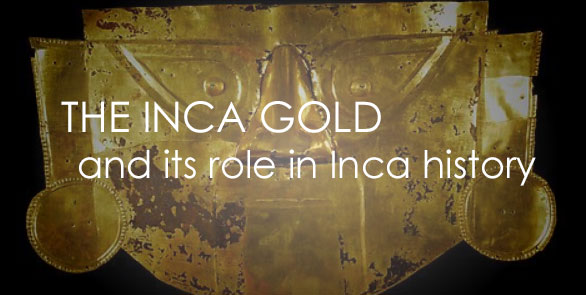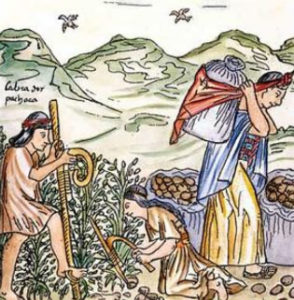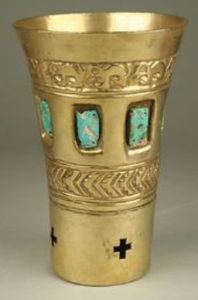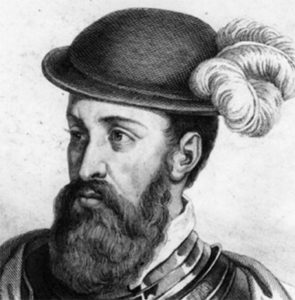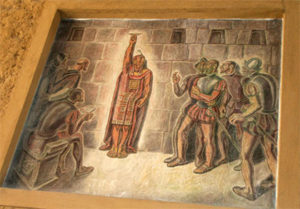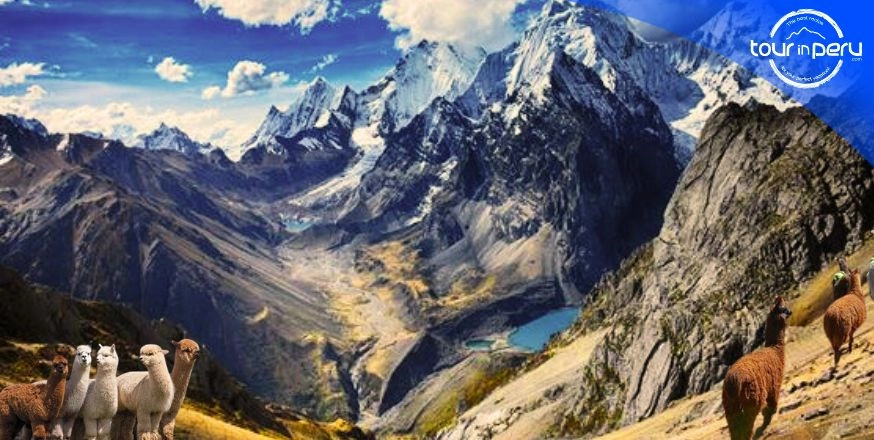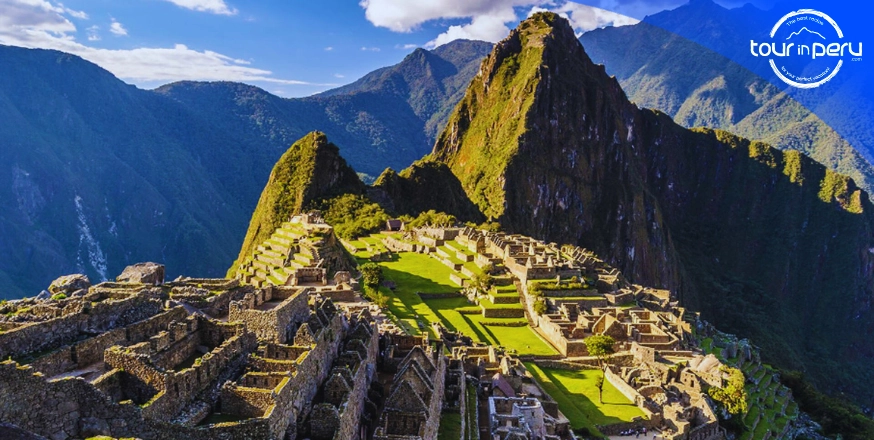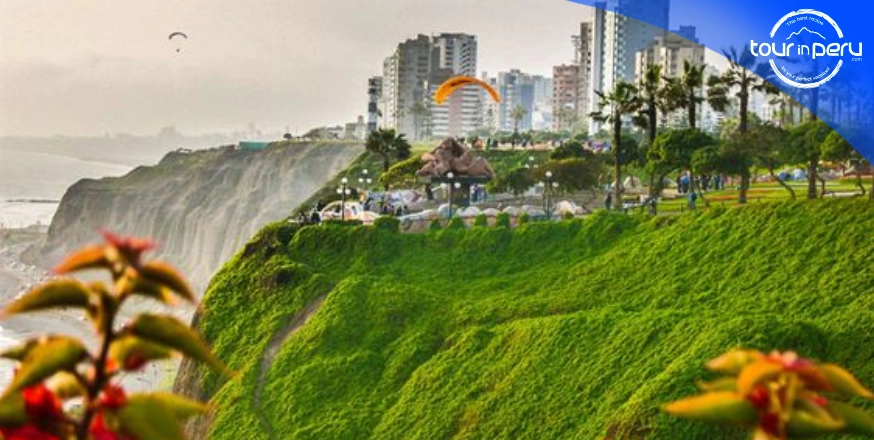For centuries, there have been legends about the riches of the Inca empire, about lost treasures and even entire cities made of pure gold. On this article, we will share with our readers the meaning of precious metals for the Incas, for the Spanish invaders and what really happened to the wealth the Incas had in their territory, what happened to the Inca gold.
Gold, silver and the likes for the Inca Worldview and Society
The Andeans didn’t know written language, the wheel and some other cultural breakthroughs achieved by other civilizations, and they didn’t know about money, selling and a market economy either. This is very important to understand the role of these precious metals in Inca culture.
The Inca economic system was essentially based on land, productive agricultural soil, thus, control over lands and food was the source of power, social status and wealth for them. One-third of the lands belonged to the Inca (emperor) and the royals, one-third to the priests, and the remaining one-third to all the common people, which was distributed by government planners, in order that everybody took part in food production and also that everybody could meet nutrition needs. There was a key concept in Inca worldview, which was reciprocity, meaning “you get exactly what you give” and vice versa, a concept not precisely applied in Europe’s society at the time -16th century-, where terrible social inequalities could be found.
Following the religious belief in the Pachamama (Mother Earth), for the Incas the most important asset was nature, for it was the provider of everything, from food to benign weather; the Inca economy made sure that the most basic need of humankind, that is, food for survival, was guaranteed to everyone. The government, since there was no monetary system, taxed common people with different kinds of works they had to do in favor of the state, but always under the principle of reciprocity. Indeed, there was never famine because all common people had direct access to agricultural resources, since they were not privately owned and were controlled by the state economic planners. For times of scarcity, every Inca village had great storehouses -which can be seen today- and food was distributed in a rational way.
So, what did the famous precious metals of the Incas meant to them? What was the use of Inca gold? They had both religious and ornamental value. For the priests, gold and silver were used for making cups, plates, vests and so on; the best example is that the most important temple of the empire, the Koricancha in Cusco city, had its walls covered with massive, large gold layers. Moreover, Koricancha means in Quechua -Inca official language- the “house of the gold”. Besides their value as religious ornaments, gold and silver were also used for worldly purposes, such as earrings, necklaces, bracelets and a wide variety of secular objects. The Inca gold was not the real source of wealth and social status.
The Spanish View on Gold and the Transformation of Andean Economy
All the contrary, the Spanish invaders who arrived in Peru in 1532, marching from today’s Ecuador, came from a society that, from Roman empire times at least, had known a monetary system, private property, a market economy and in which of course gold and silver were the actual source of wealth and power, for legal access to goods was restricted for those who had ownership of gold and silver coins.
The Spaniards marching towards the Inca empire did nothing but search and inquire for the places where the Incas had their precious metals stored; actually, the Spanish leader of the invasion, Francisco Pizarro -a very poor man who had been making a living working at a pigs farm in Spain-, was told by Inca people under torture that the capital of the empire, Cusco city, had large, huge reserves of gold and silver. This definitely was the key to all his strategy of conquering the Incas, so they all headed southwest of today’s Peru. They were determined to take over all Inca gold.
Like Columbus, Francisco Pizarro came to the new world seeking fame, fortune and to obtain a nobility status by conquering new lands and riches for the Spanish crown; and indeed they found large amounts of gold and silver, started intensive mining and sent fully loaded vessels to Spain on a regular basis. However, such transit of wealth across the oceans elicited other monarchs’ ambition, so those Spanish ships became main targets of piracy; historians say that the Inca gold did benefit Spain but also a large amount of it partly financed the rise of some European countries later, particularly England and the Netherlands, that is to say, the age of William Shakespeare and Rembrandt, among others. Scholars are absolutely right when they say Peru has a remarkable history.
Inca Atahualpa and Francisco Pizarro: the Gold and Silver Ransom
Francisco Pizarro arrived at the Inca domains on the right time for his interests: there was a civil war going on between the two princes of the empire, Huascar and Atahualpa, for succession of the recently deceased Inca Huayna Capac in today’s Quito, and also, regional leaders had not yet completely accepted their annexation to the Inca empire, which had turned them into second-class nobility. After Huascar’s death ordered by Atahualpa, Pizarro took the role of emissary of the civilized world and arrested Atahualpa in Cajamarca, north of today’s Peru.
vNoticing the Spaniards obsession for gold and silver, Atahualpa attempted a deal with Pizarro: a big roomful of both in exchange of his freedom and the Spaniards leaving the empire or contenting with a local kingdom. After Pizarro’s agreement, the Inca gold begun to be collected from all around the empire; no theft from the Inca people on the way, for it had no actual value for them, it wasn’t valuable like land and food.
Did you know that Inca people had an agricultural laboratory? Read more.
However, before the total of the ransom had reached Pizarro’s hands, he ordered Atahualpa’s execution, which was carried in a terrible way. After hearing the news, Inca people is said to have buried or sunk into lakes the rest of the ransom; even nowadays, there is talk among Andean people that sometimes landslides make Inca gold surface and become visible.
The Spanish invasion marked the end of about 4 thousand years of evolution of Andean civilization, changing all social patterns like politics, economy and religion. Luckily the world still has most of the legacy of the Incas and previous Andean cultures, particularly in Peru and the Cusco region.
We hope this article can be useful for all our travelers planning to visit the Cusco region. Check our website www.tourinperu.com for information about top packages and contact our tour experts for booking your unforgettable vacation!



